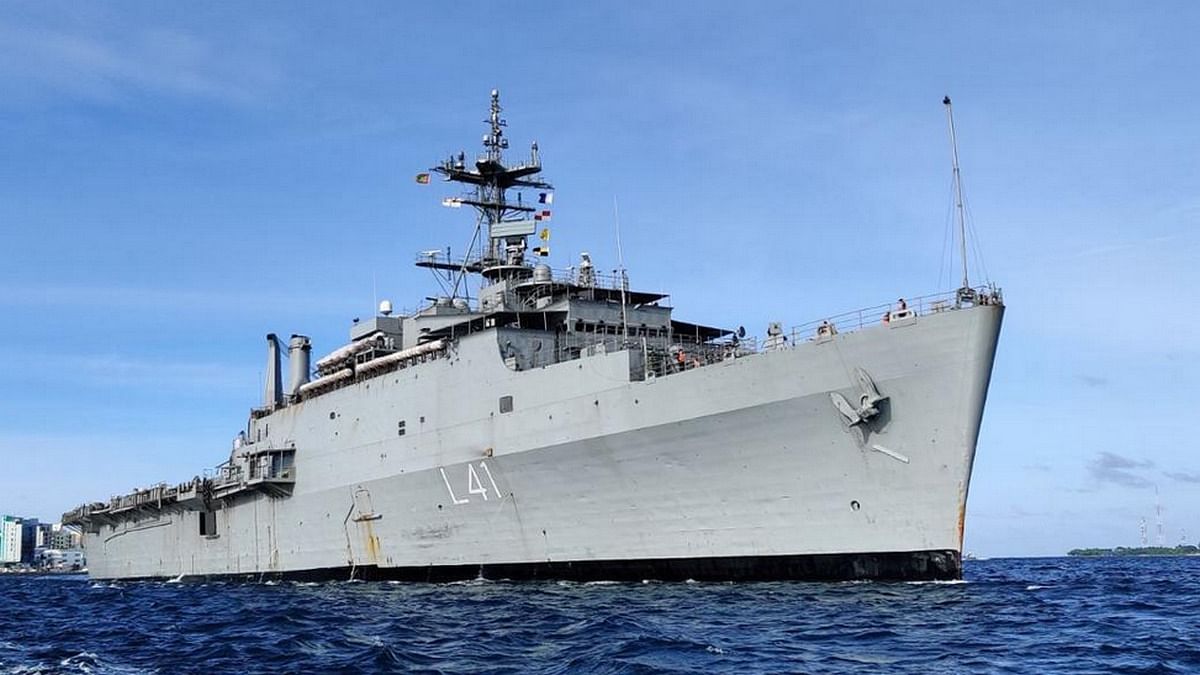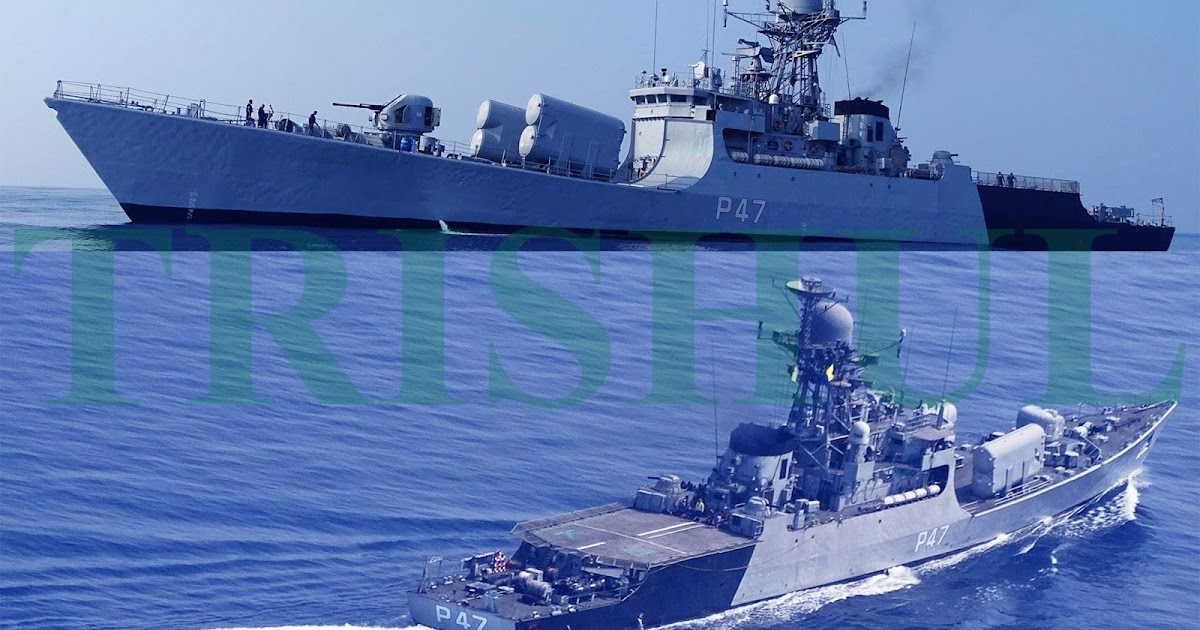Hit by budget crunch, Indian Navy now plans to buy 2 Landing Platform Docks instead of 4
Navy is working on a fresh request for proposal with new specs, two months after the defence ministry cancelled the 2013 RFP to buy 4 Landing Platform Docks.
New Delhi: A budget crunch could force the Indian Navy’s hand to cut down the number of Landing Platform Docks (LPDs) it is seeking to buy, ThePrint has learnt. The Navy is now looking at two LPDs, also known as amphibious transport docks, instead of four.
Defence sources told ThePrint that the Navy is working on drafting a fresh ‘Request for Proposal’ (RFP) with new specifications for the LPDs, and discussions are on to reduce the number to two. However, a senior defence official told ThePrint that the Navy can float another tender in the future to buy the other two LPDs, depending on its priorities.
The defence ministry in September
withdrew the earlier RFP for procuring four LPDs. The Navy had, in November 2013, invited proposals from private shipyards to build these four LPDs at a cost of Rs 20,000 crore. Since then, the RFP saw nine extensions and one re-submission of bids in seven years before it was withdrawn in September.
Earlier this year, the Comptroller and Auditor General, in its report tabled in Parliament, had
pointed out the Navy’s failure to conclude the contract to procure the LPDs, despite deciding on the acquisition in 2010.
Budget crunch
In the last Union Budget, the Indian Navy was allocated only Rs 41,259 crore, as against the projected amount of Rs 64,307 crore. The budgeted amount wasn’t enough to meet its existing committed liabilities — the expenditure that the Navy is committed to pay vendors as part of earlier orders and acquisitions.
The budget cuts had forced the Navy to rethink its long-term plan to build a 200-ship fleet by 2027, as laid out in its Maritime Capability Perspective Plan (MCPP) for 2012-2027. It revised the figure to about 175 ships, up from the current strength of 150 ships and submarines.
A senior Navy officer told ThePrint that the force is prioritising its immediate requirements to optimise available resources.
“Several factors will have be taken into account — such as the availability of troops trained in amphibious operations and the requirement of those ships during peacetime — in view of the available resources,” the officer said, adding that the Indian Navy possesses five large Landing Ship Tanks (LST), two medium LSTs and eight Landing Craft Utility (LCU) boats for amphibious operations.
‘Dual role of LPDs’
LPDs are used for amphibious operations or expeditionary warfare missions. They can carry Army battalions, tanks and armoured carriers, and helicopters into a war zone by sea. At present, the Indian Navy has just one LPD — INS Jalashwa.
A second senior Navy officer explained that an LPD has a dual role — in peacetime and during hostilities.
“In peacetime, it can be used for humanitarian assistance and disaster relief (HADR) or noncombatant evacuation operations (NEOs). The Navy is the first responder in case of rendering HADR in Indian Ocean Region littorals (countries with coastlines connected to the Indian Ocean). During a war, it plays an important role in transporting large numbers of amphibious troops and equipment for suitable operations to influence events,” the officer said.
The officer explained that amphibious contingencies in India could mean landing a large body of troops on the enemy coast, or retaking any occupied island(s) in the Navy’s area of responsibility.
LPDs in other countries
Navies of other countries have developed advanced LPDs over the years.
For instance, China has been supplying military equipment for its
base in the African country of Djibouti using its new Type 71 LPDs. These provide China’s PLAN (People’s Liberation Army Navy) with a ‘blue-water’ capability for landing forces away from its borders.
The US Navy has been building
San Antonio-class LPDs since 2000, which are likely to make up two-thirds of its amphibious warfare fleet.
The vessels can function as part of a three-ship amphibious ready group, a larger joint task force and even independently.
Rear Admiral S.Y. Shrikhande (Retd), who headed India’s naval intelligence, told ThePrint that LPDs are a critical component of any nation’s expeditionary capability.
“It concerns me that with the Navy’s declining share of the budget, force planning has come under severe resource constraints. Of course, the priorities are for the naval staff to determine. If there is a constraint, maybe naval expeditionary capacities will not be the highest priority at the moment. The priority may be to work on other capabilities,” Shrikhande said.
The retired Rear Admiral added: “In the long run, a major Indo-Pacific nation like ours, which has a strategic offensive-defensive orientation, would do well to build the correct expeditionary capabilities — both air- and sea-borne. There will always be a need for such capabilities… The technology and tactics may change, but sea and air power have needed power projection capabilities, and expeditionary instruments are part of this.”
Navy is working on a fresh request for proposal with new specs, two months after the defence ministry cancelled the 2013 RFP to buy 4 Landing Platform Docks.

theprint.in



